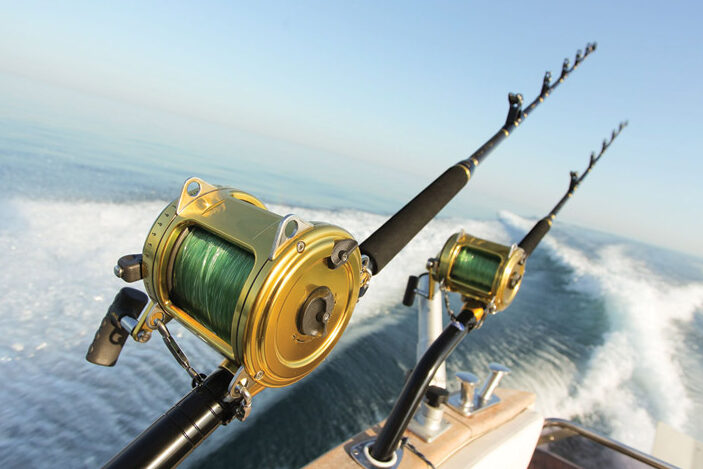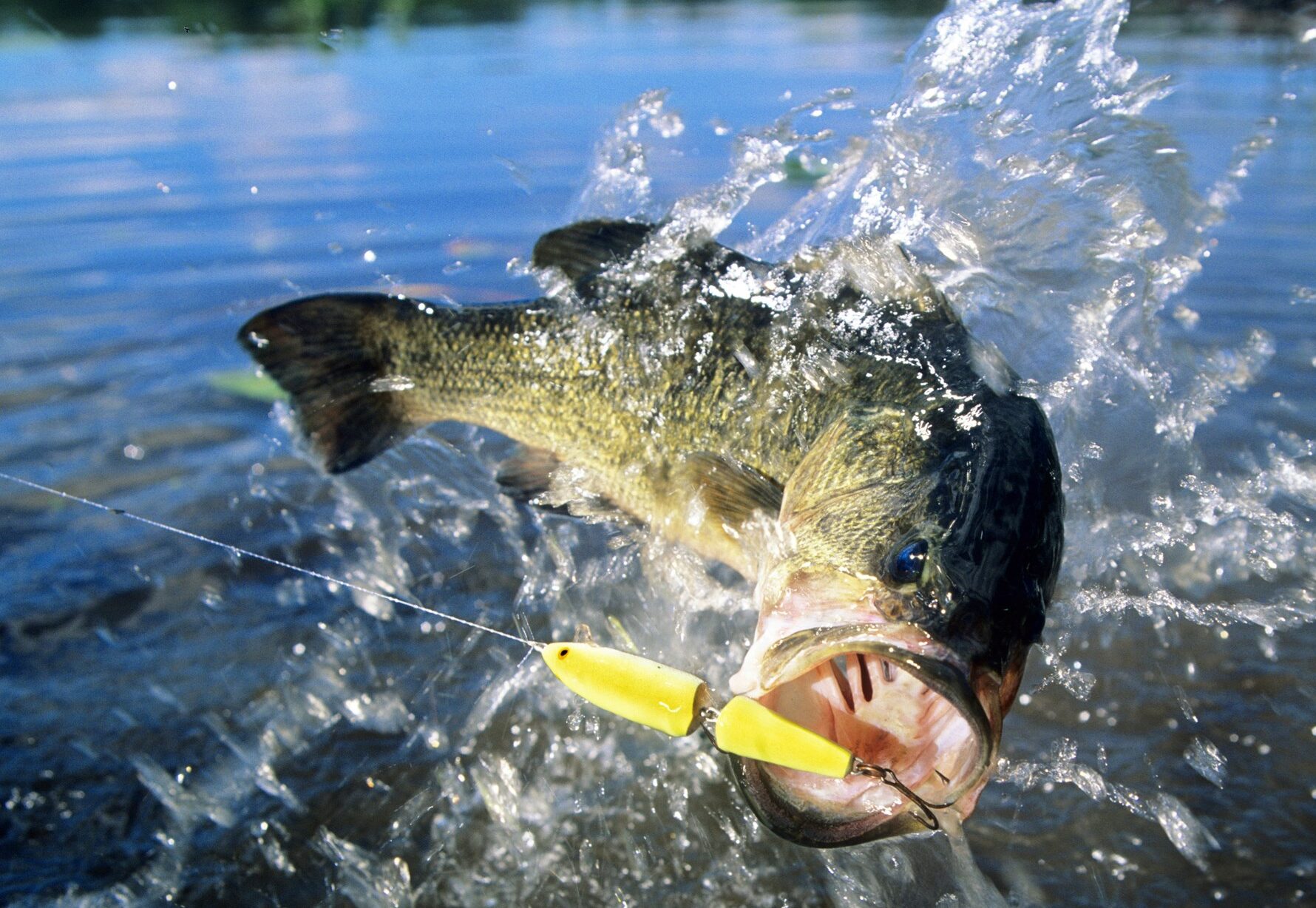Fishing is a popular recreational activity and a vital source of livelihood for many communities around the world. However, fishing success can vary greatly depending on the season and changing environmental conditions. In order to improve fishing catches, it is important to develop seasonal fishing techniques that can adapt to changing conditions. This article will explore the importance of seasonal fishing techniques and provide an overview of how to adapt to changing conditions for better catches.
Adapting to changing conditions is crucial for successful fishing. Different seasons bring changes in water temperature, water clarity, and fish behavior. For example, as water temperatures rise in the summer, fish become more active, and adjusting fishing techniques can help catch more fish. Similarly, in the fall, changing weather patterns can affect fish behavior, and employing basic fishing tips can still lead to success. By reacting quickly to changing conditions, anglers can increase their chances of catching fish. Additionally, fishing communities can develop adaptation strategies to cope with changing environmental conditions.
In summary, developing seasonal fishing techniques that can adapt to changing conditions is essential for successful fishing. By understanding the impact of different seasons on fish behavior and adapting fishing techniques accordingly, anglers can increase their chances of catching fish. Moreover, fishing communities can develop adaptation strategies to cope with changing environmental conditions and maintain their livelihoods. With the right approach, seasonal fishing can be a rewarding and fulfilling experience for anglers of all levels.
Fishing Techniques for Different Seasons
Fishing techniques vary depending on the season, as different conditions affect fish behavior and feeding patterns. In the spring, as water temperatures begin to warm up, bass become more active and move towards shallow waters. To increase your chances of success, it is important to adjust your presentation and experiment with different lures. Some effective techniques for spring fishing include using spinnerbaits, jerkbaits, and topwater lures. By adapting to changing conditions and utilizing these techniques, anglers can have better catches in the spring season.
Summer fishing requires a different approach, as fish behavior changes with the warmer water temperatures. During this season, bass tend to move towards deeper waters and can be found near structures such as weed beds and drop-offs. Some effective techniques for summer fishing include using finesse baits, jigs, and topwater lures. It is also important to pay attention to weather conditions, as bass adjust their movements and feeding patterns accordingly. By adapting to these changes and utilizing the right techniques, anglers can increase their chances of success in the summer season.
In the fall, as water temperatures begin to cool down, fish behavior once again changes. Bass tend to move towards shallower waters and can be found near structures such as fallen trees and rock piles. Some effective techniques for fall fishing include using crankbaits, jigs, and spinnerbaits. Anglers should also pay attention to water temperature and weather conditions, as these can impact fish behavior. By adapting to these changes and utilizing the right techniques, anglers can have better catches in the fall season.
Factors Affecting Seasonal Fishing Techniques
Fishing techniques can vary greatly depending on the season and the changing conditions of the water. Factors such as water temperature, weather conditions, and fish migration patterns can all affect the success of a fishing trip. Water temperature plays a crucial role in determining fish behavior, with colder temperatures leading to less active fish and warmer temperatures leading to more active fish. As fall begins and water temperatures drop, bass actively seek out baitfish, making it a great time for sight fishing for spawning bass. By adjusting fishing techniques to match the changing water temperature, anglers can increase their chances of a successful catch.
Weather conditions also play a significant role in determining fishing techniques. Wind and rainfall can make waters more turbid than normal, limiting visibility underwater and making it more difficult to catch fish. Additionally, reacting quickly to changing weather conditions can lead to greater success on the water. Understanding weather patterns and their effects on fish behavior can help anglers adapt their techniques and increase their chances of a successful catch.

Fish migration patterns are another important factor to consider when adapting fishing techniques to changing conditions. As climate change disrupts marine species’ distributions, fishing communities are threatened with food insecurity. Understanding how fishing seasons affect fish populations can help anglers target specific species and increase their catch diversity. Additionally, high mobility and catch diversity can buffer fishing communities from the effects of environmental change. In the summer, fishing techniques and patterns may change depending on the weather conditions of each lake, making it important for anglers to figure out what works best for each location. By developing bass patterns and adapting to changing conditions, anglers can improve their chances of a successful catch.
Tips for Successful Seasonal Fishing
Proper gear and equipment are essential for successful seasonal fishing. Understanding the conditions and adapting gear accordingly can make a significant difference in the number and size of fish caught. For example, in summer, when water temperatures are warmer, fish may be found in deeper waters, requiring the use of heavier tackle and bait. Additionally, changes in gear design and operation of trawls and spatial controls can improve fishing success. Choosing the right equipment appropriate to the size of fish being targeted can also improve success rates. By adapting gear and equipment to changing conditions, anglers can increase their chances of a successful catch.

Understanding the habits and preferences of different fish species is also crucial for successful seasonal fishing. By recognizing the behaviors and preferences of various species throughout the year, anglers can adapt their strategies and choose appropriate bait and lures. For example, in summer, Snook fishing can be particularly successful as these game fish exhibit unique behaviors during this season. Similarly, knowing the best time to catch catfish by season can help anglers take advantage of changing feeding patterns. By understanding the habits and patterns of different fish species, anglers can increase their chances of a successful catch.
Techniques for different types of fishing, such as fly fishing or ice fishing, require different strategies for successful seasonal fishing. For example, successful methods used while ice fishing include using worms or minnows and jigging copper lures. Similarly, in fly fishing, understanding the different components of nymphing, matching the hatch, and swinging can improve success rates. In addition, techniques like drop-shotting can be effective for catching fish during the summer months. By adapting techniques to different types of fishing and changing conditions, anglers can increase their chances of a successful catch.


